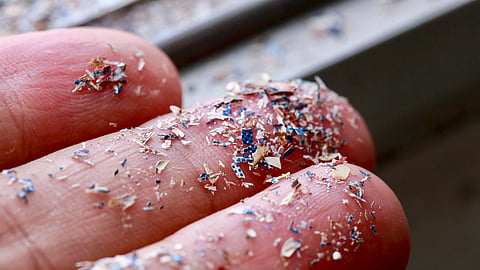World Environment Day: A look at microplastics in Sabarmati River in Ahmedabad
A team of researchers from the Indian Institute of Management, Gandhinagar highlighted the glaring increase of microplastics in Ahmedabad‘s Sabarmati River. As per this study, titled 'Microplastic Vulnerability in the Sediments of the Sabarmati River of India' by Arbind Kumar Patel, Chandrasekhar Bhagat, Kaling Taki, and Manish Kumars, sediments of Sabarmati river were observed to have 134 micrograms of microplastics for per kilogram.
In the same vein, UNICEF has opted to go with the theme of #BeatPasticPollution for this World Environment Day, which happens to be today.
A plastic free tomorrow
While a polythene bag or a plastic bottle can be seen and recycled, microplastics are tiny plastic particles that are smaller than 5 mm, making them hard to spot. As a pollutant, microplastics are harmful to both the environment and human health. As per the Centre for Environmental Education (CEE), Ahmedabad produces large quantities of microplastics.
One example of microplastics can be seen right in our washing machines where the lint caused by the synthetic fabric is often accumulated on the mesh. Apart from grime and dust, some particles are microplastics. The amount of microplastic generated every day is scary when you think about it.
Yes, microplastics are everywhere, but we can take action to reduce our exposure to them. Some small steps that you can take on a personal level include simply switching to organic clothes, avoiding single-use plastic, buying plastic-free cosmetics and using plastic alternatives, among others.
To get all the latest content, download our mobile application. Available for both iOS & Android devices.

